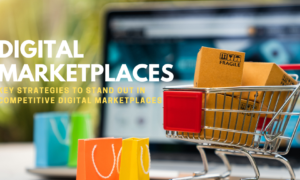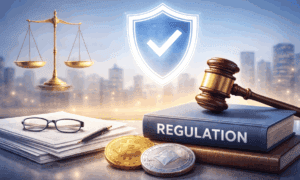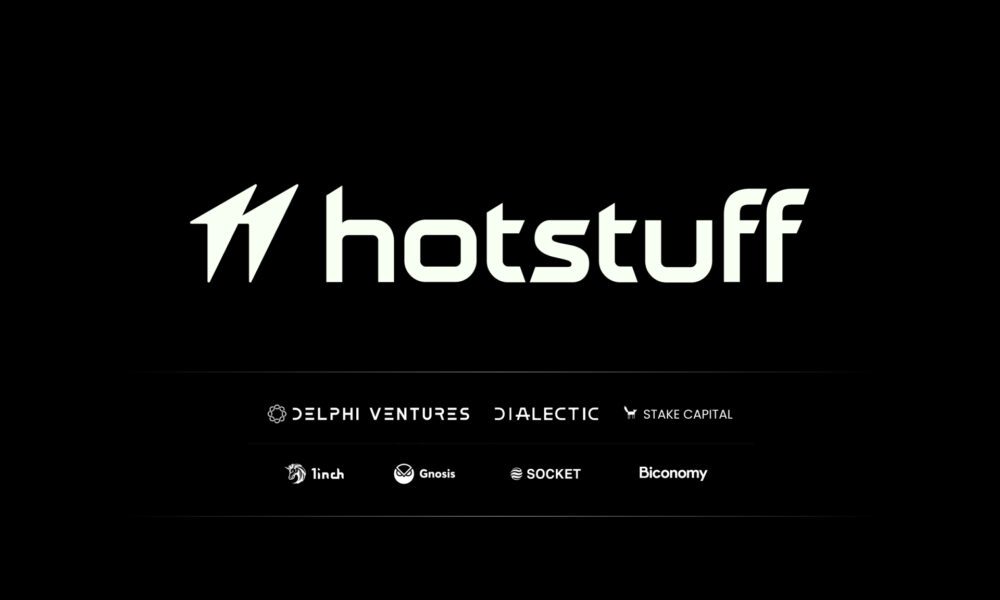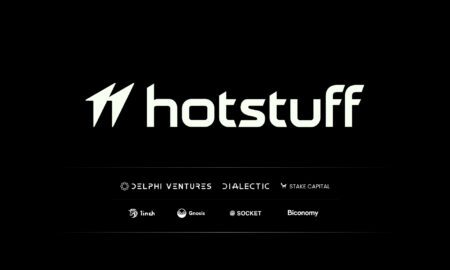There’s a lot to online work that makes it worthwhile: digital transfers are quick and easy, digital creations are versatile, and digital workspaces can produce a number of disparate elements. In short, you can create amazing things using digital assets. But what happens when your creations are out there in the ether? Are they susceptible to theft? Are they able to be destroyed or otherwise compromised? To stop these questions from keeping you up at night, you should read on to learn how to protect your digital properties.
Know Your Creations
Whether you’ve been building a repertoire of digital properties for years, or you’ve only just begun, keeping an inventory is important. It may seem basic, but a list that showcases each little asset you’ve created, each highly specific digital or intellectual property you own, will prove as the base of your “paper trail” and will give you something to refer to in other measures later on. If it’s not written down, it’s more likely to be “out of mind”. And when we’re talking about your hard-earned assets, you don’t want to forget a single one.
Know Your Worth
The next thing that’s important to understand is that there is worth, value, assigned to each and every asset you own. Therefore, you have to figure out what that value is, so that each property’s worth can be protected just as well as the property itself. If you’re aware of the value assigned to a design you’ve created, it’s less likely to be undermined by someone else. More importantly, you can aim for a specific restitution on the off chance that something does, indeed, go wrong.
Don’t think that you have to go it alone, either. Valuation of digital assets is a specific business skill set that you can find assistance for, namely through appraisers. Simply seek out one that works with business assets (especially digital ones), and you’ll find yourself able to proceed with a better understanding of what you own, and what it’s all worth to the business world around you.
Know You’re In Charge
It’s not enough to have listed the names and values of your creations, of course. You still have to establish a certain level of ownership in most cases in order for the assets to receive protection of any kind. Without making it clear via email communications, retaining source files, or coming up with specific agreements that can be used to establish said ownership. These are, of course, best used before engaging in creation of an asset for, say, a client. Additionally, it’s best if you identify your ownership rights of a product or service when signing agreements with sellers. However, you can always approach your legal adviser to learn more about what agreements and additional documents can be produced to establish ownership of existing work, based on other evidence you might be able to produce. In any case, ownership is the one thing that you should not relent, if you’re aiming to protect your own assets. If they wind up in someone else’s hands, belonging to a client or an employer, then they will have every right to take these assets from you — so be wary.
Know You’re Covered
Similar to ownership agreements, you’ll want to ensure that the agreements you create outline the protection of your rights with said properties. If you want to ensure that you’re protected in using some of your assets for a work portfolio, that’s something that needs to be covered in a written agreement — and again, your legal team can help you there.
The other thing that changes ownership to make it legally factual is the registration of your asset: a trademark, a copyright, or even a patented approach to the work itself is something you can work to attain for additional protection. In most cases, this can deter people from damaging or utilizing your work without your consent; in other cases, it’s the basis for legal action against those that still choose to disrespect your ownership.
Know Your Plan “B”
In the case where someone does overstep their bounds, there should always be a plan in place for response. This can be handled in part by something like MDR services that step in when your server security is breached, or when your information seems to be compromised. MDR, or Managed Detection & Response, is a system that offers plans for backup and restore of information, as well as high-end digital security protocols, and fixes for breached servers.
In the event of a different unplanned incident, like you leaving your company (or something even more serious), remember that you have the option to plan for that by naming someone (a business partner, a family member, a friend) the person to whom ownership falls. That way, the control of your property and its safety remains in your hands the best possible way it can.
Conclusion
You’ve got assets, and you have to protect them. It’s not so much that there’s someone on the prowl for your product — it’s just that by mitigating the possibilities of theft, you mitigate the number of people trying to take away from your hard work. By utilizing ownership agreements, understanding the value of your creations, and employing secure services to have your back at every turn, you can do just that. Don’t forget — if you’re in charge, then you can be covered.

































